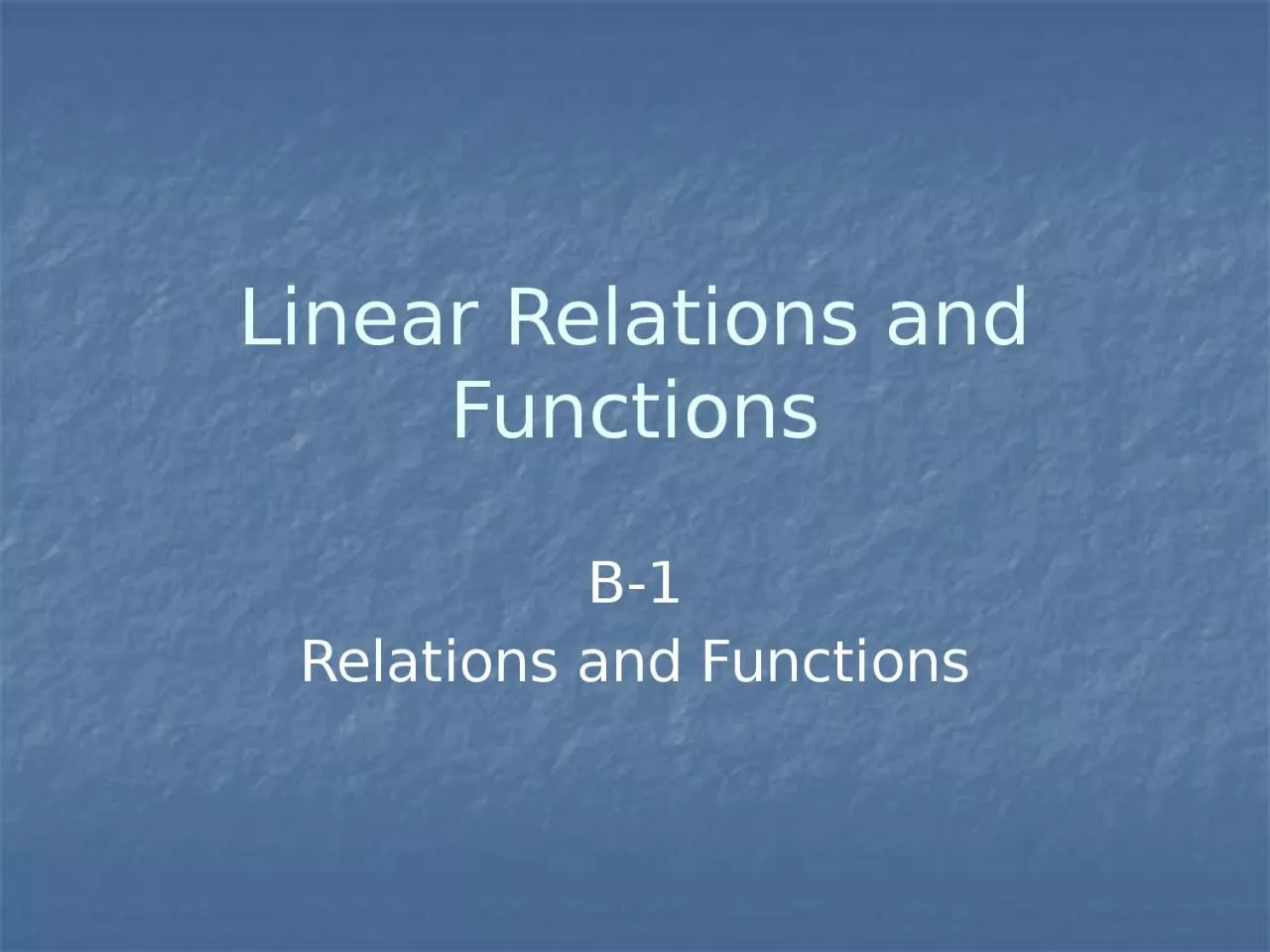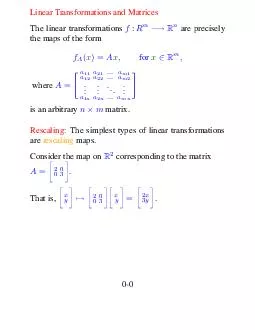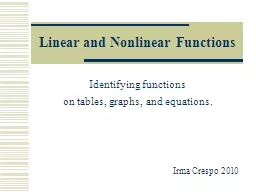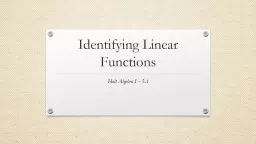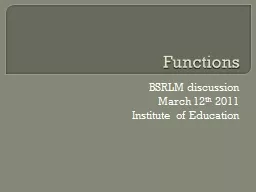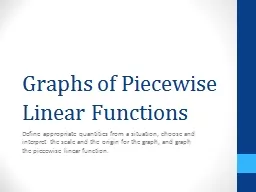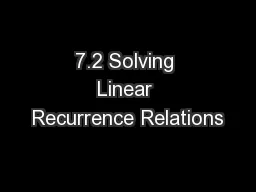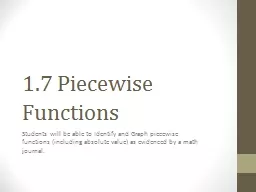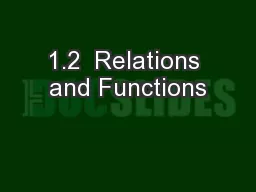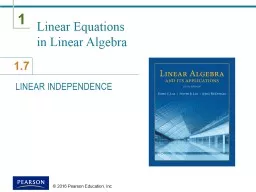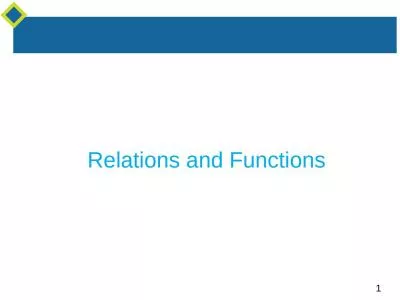PPT-Linear Relations and Functions
Author : ariel | Published Date : 2024-02-09
B1 Relations and Functions ACT WARMUP Emily scored 145 170 and 165 in 3 bowling games What should she score on her next bowling game if she wants to have an average
Presentation Embed Code
Download Presentation
Download Presentation The PPT/PDF document "Linear Relations and Functions" is the property of its rightful owner. Permission is granted to download and print the materials on this website for personal, non-commercial use only, and to display it on your personal computer provided you do not modify the materials and that you retain all copyright notices contained in the materials. By downloading content from our website, you accept the terms of this agreement.
Linear Relations and Functions: Transcript
Download Rules Of Document
"Linear Relations and Functions"The content belongs to its owner. You may download and print it for personal use, without modification, and keep all copyright notices. By downloading, you agree to these terms.
Related Documents

